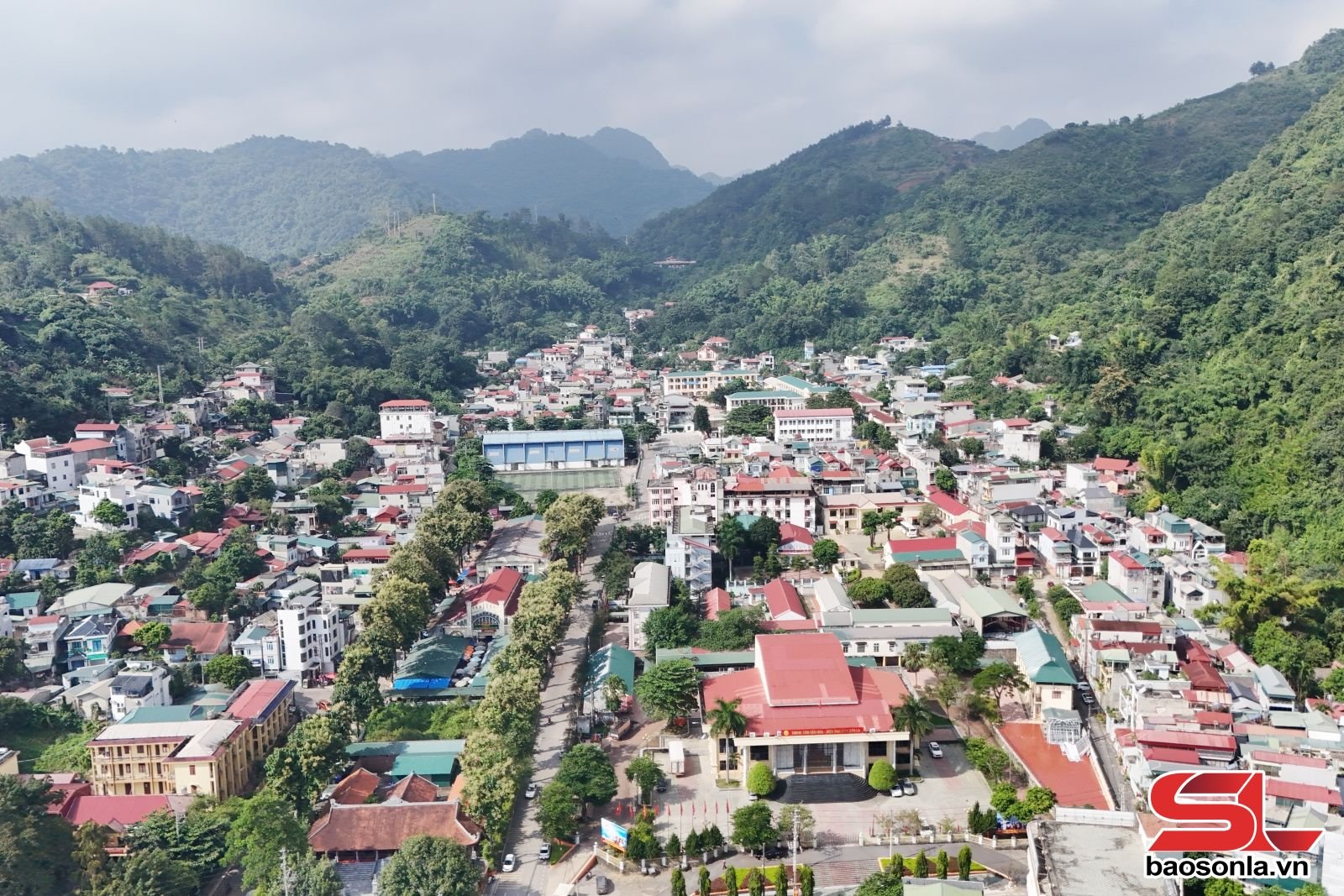
Old market street
Going back in history, Chieng Le was formerly called Chieng Le hill (called Pom Chieng Le in Thai), later also called Chau hill, located near Khau Ca hill (Pom Khau Ca). After the French colonialists moved the provincial headquarters from Van Bu to Khau Ca hill, they built a number of roads, markets, prisons... to serve the needs of exploitation. Chieng Le market was initially small but gradually became bustling with the presence of Chinese and Kinh traders from Van Bu and neighboring areas. Over time, the market grew more and more, attracting many people to come here to trade and exchange goods like streets and wards in the lowlands, so it was called Chieng Le street.
Chieng Le Street has two short rows of streets, with Chieng Le market held in a large brick and tiled house, which is a small trading center. The population at that time was about 1,000 people, most of whom were Chinese merchants, the rest were families of civil servants and Kinh people from the lowlands who came up to trade. The local people at that time only had Ho village with about 10 houses at the foot of the mountain... Chieng Le was formerly a town of Chau Muong La under the Northwest Region.
In December 1939, the Son La Prison Party Cell was established. With its central location in the provincial capital, the people of Chieng Le ward had the opportunity to make early contact with party members in the prison, thereby awakening to the revolution and becoming the core force in patriotic movements. In early 1943, the Son La Prison Party Cell secretly established the first revolutionary organization of the National Salvation Youth in Chieng Le, contributing to spreading the revolutionary spirit to many areas in the province. Many people in Chieng Le were soon awakened, becoming the first class of revolutionary soldiers in Son La province; some families of small traders and wives and children of soldiers in Chieng Le street became secret communication points of the revolution. During the two resistance wars to save the country, the people of Chieng Le contributed human and material resources to the movements "Three responsibilities", "Three readiness", "All for the frontline, all to defeat the American invaders", contributing to the great victory of the nation.
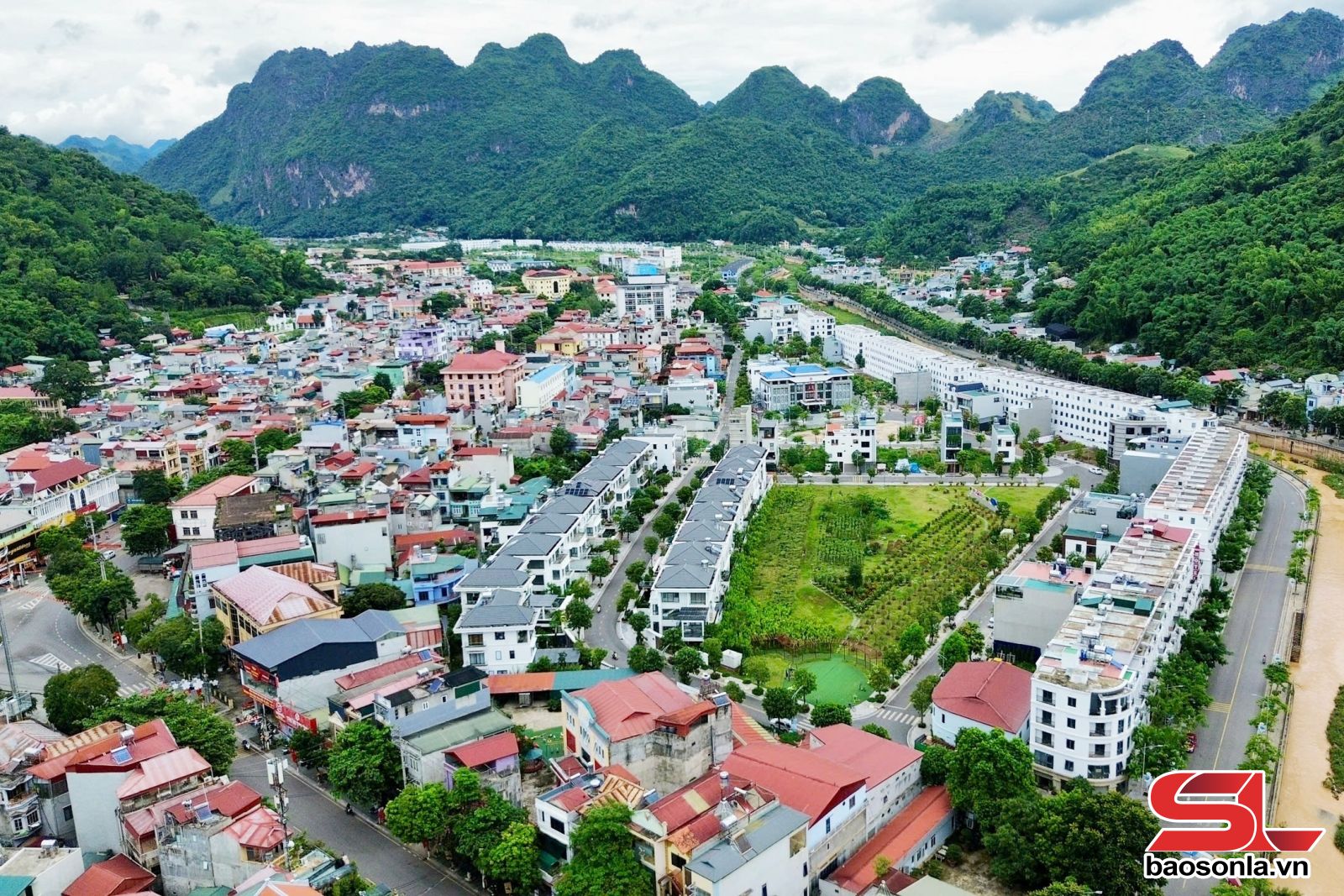
On October 26, 1961, according to Decision 173-CP of the Government Council, Son La town - the first town in the Northwest region was established. Chieng Le town was established, belonging to Son La town. From here, Chieng Le became an administrative unit of Son La province. From January 3, 1981, according to Decision No. 3-CP of the Government Council, Chieng Le town was renamed Chieng Le ward. Through the formation process, since the establishment of Son La province, Chieng Le has always been a densely populated residential area, living in solidarity... is the political , economic, cultural and social center of Son La province, Son La city and To Hieu ward today.
To Hieu Ward today
On July 1, 2025, implementing the merger policy, Chieng Le ward became a part of To Hieu ward. From the mark of an ancient Chieng Le quarter formed in 1904, up to now, To Hieu ward has become the political, economic , cultural and social center of the province. This land, not only has a rich revolutionary history, but is also a place where many unique cultural and educational values converge and connect, contributing to creating the modern urban appearance of the province.
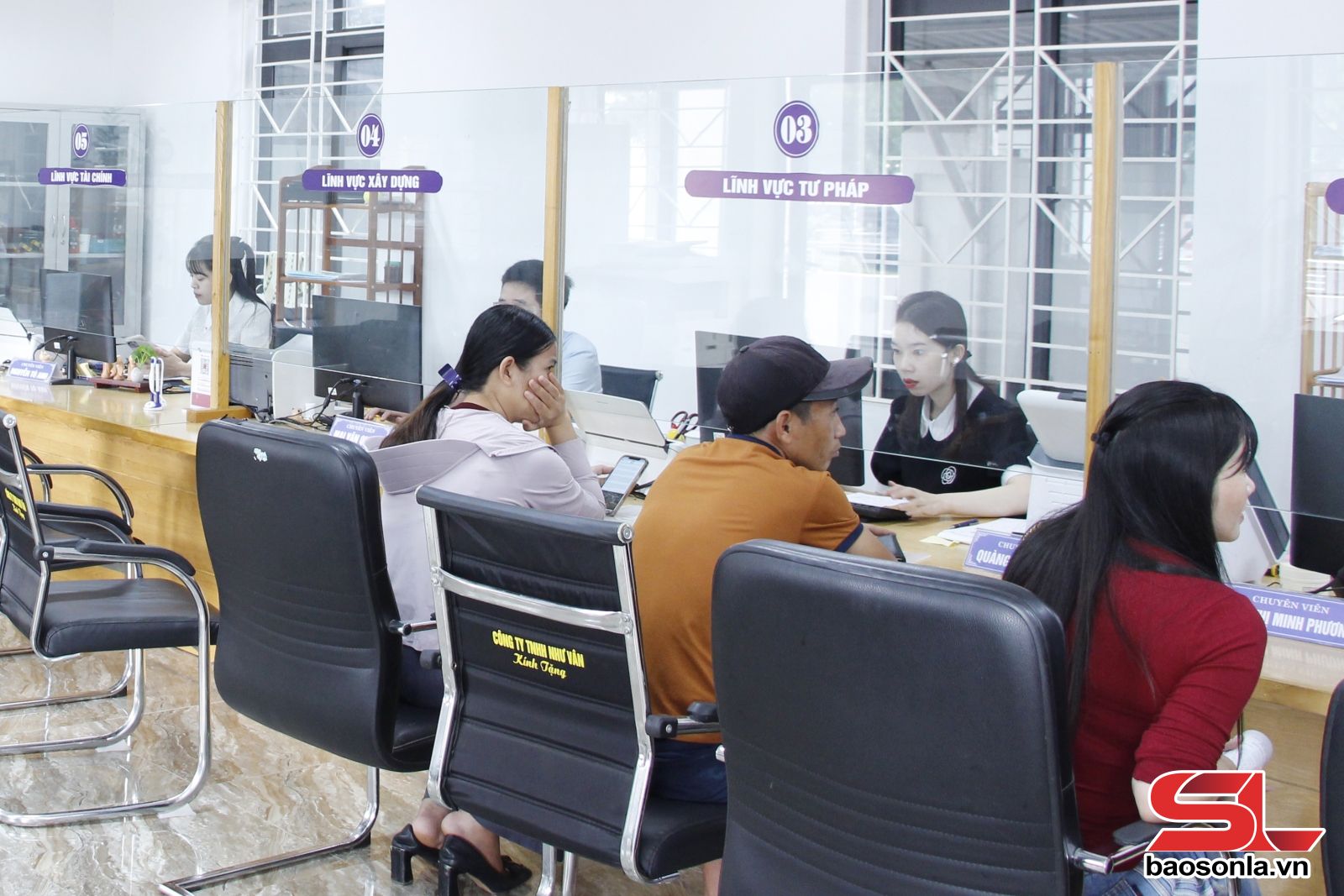
The ward still preserves many historical and cultural relics of special value. These are: King Le Thai Tong Temple, To Hieu Martyrs Cemetery. In particular, the Son La Prison National Special Relic Site has become an indomitable symbol, a "revolutionary school" for many generations of elite Party cadres. Not only that, To Hieu ward is also a place where the cultures of many ethnic groups such as Thai, Kinh, Mong, etc. intersect and converge, creating a rich spiritual life picture, imbued with identity. Cultural, artistic, physical education and sports activities have developed strongly, the system of cultural institutions has been invested synchronously, and the living environment is healthy and civilized.
Education creates an important highlight, To Hieu ward is considered the "nucleus" in the space to build a "Global Learning City", a title recognized by UNESCO for Son La in 2024. The area concentrates many high-quality educational institutions. The tradition of studiousness, the movement to encourage learning and talent spread widely, the intellectual level of the people is constantly improving, forming a lifelong learning ecosystem, nurturing high-quality human resources for the province. Along with that, investing in equipment for digital transformation in schools is also prioritized, creating a solid foundation for comprehensive educational innovation in the area.
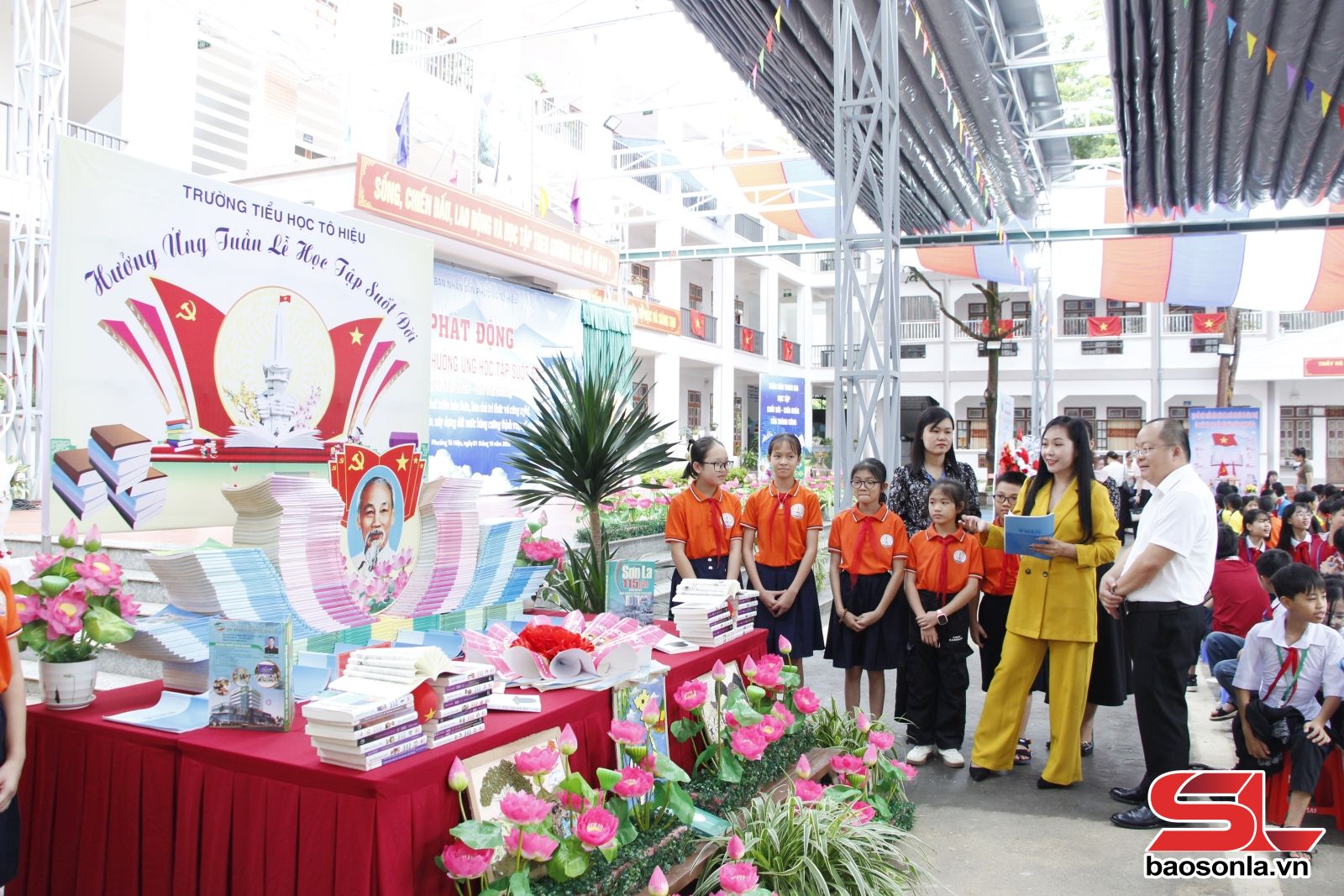
Today, along the two banks of Nam La stream are urban areas, commercial housing, restaurants, and bustling entertainment areas. Alleys and alleys are paved with asphalt and concrete; schools and cultural houses have been built and upgraded to be spacious and modern.
Mr. Lo An Toan, former Secretary of Son La City Party Committee, now over 80 years old, emotionally shared: I have been attached to Chieng Le all my life. The most precious thing is that despite strong development, this place still retains the identity of an old commercial area. From a small market, it has now become a bustling business center with diverse industries, contributing to creating a civilized and dynamic appearance for To Hieu ward today.
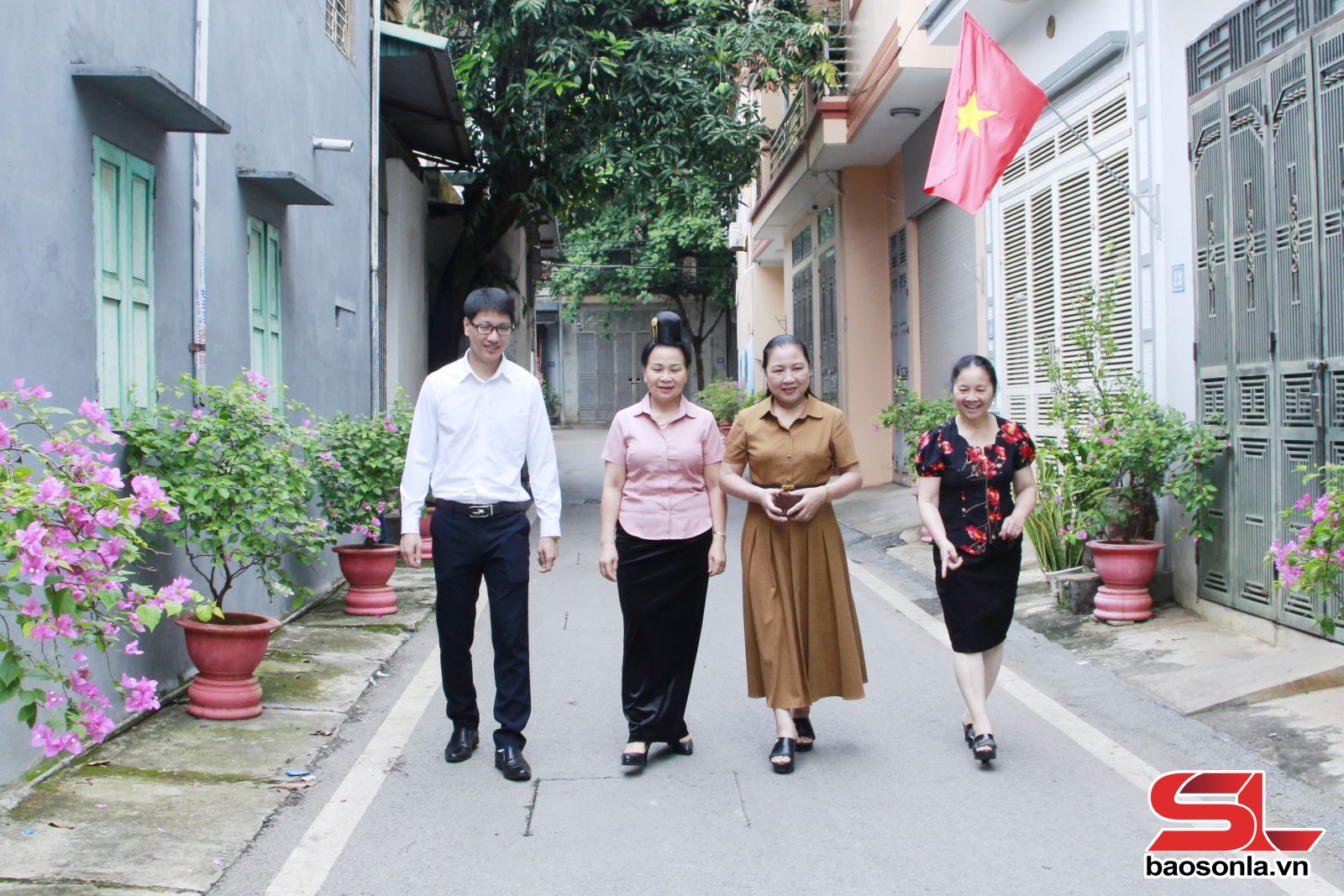
As the central area of the province, after the merger, To Hieu ward was identified as the key point in focusing on implementing infrastructure development projects, building synchronous technical infrastructure, and gradually modernizing. In particular, the ward prioritizes attracting and allocating resources for projects such as: Project to renovate the Son La Prison National Special Relic Site; 3-2 Stadium; completing the Northwest Square Project; Festival Ground of King Le Thai Tong Temple...
Currently, the ward focuses on hardening inter-group and degraded alley roads; improving drainage systems at flooded and landslide-prone areas; expanding public lighting systems, energy-saving electricity and gradually deploying smart lighting. Investment and addition of facilities for community activities, flower gardens, and playgrounds are encouraged to be socialized, creating more public spaces in new urban areas and residential areas.

Comrade Ha Trung Chien, Party Secretary of To Hieu Ward, affirmed: Merging from 4 central wards, To Hieu today carries great potential, is expected to become the "heart" of the province, playing a key role in the urban and socio-economic development strategy of Son La. The goal of the ward in the coming term is to build a clean and strong Party Committee; synchronously develop economy, culture and society on the basis of a green, smart and safe urban area, associated with promoting traditional cultural identity, building a digital government, serving the people better, making To Hieu a green, civilized and modern urban center, contributing to the goal of developing Son La into a growth pole of the midland and mountainous region of the North.
The old Chieng Le Street - To Hieu Ward today, although having many changes, there are still historical vestiges here, reminding the present and future generations about the tradition of solidarity, revolutionary spirit, and will to rise up of their ancestors. The Party Committee, government and people of To Hieu Ward vow to promote the tradition of revolution, solidarity, and determination to make To Hieu Ward a ward with comprehensive and sustainable development, leading the whole province, worthy of being the political, economic and social center of the province.
Source: https://baosonla.vn/xa-hoi/tu-pho-chieng-le-den-phuong-to-hieu-N4F7dA6NR.html







![[Photo] Solemn opening of the 1st Government Party Congress](https://vphoto.vietnam.vn/thumb/1200x675/vietnam/resource/IMAGE/2025/10/13/1760337945186_ndo_br_img-0787-jpg.webp)
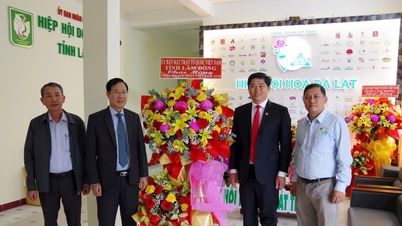

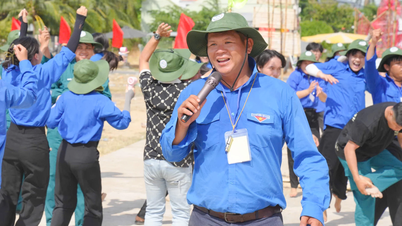

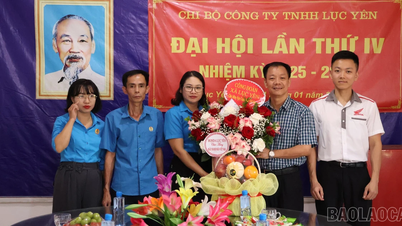

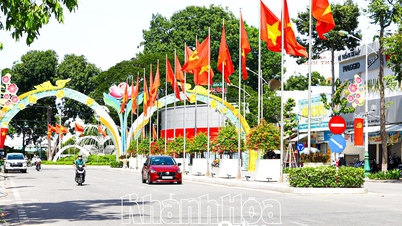
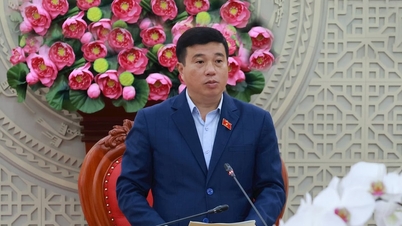
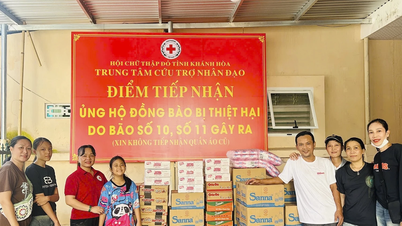




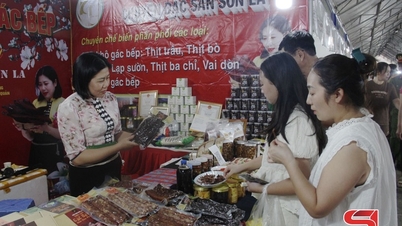
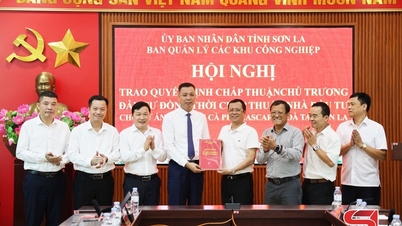
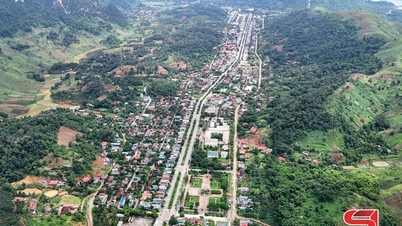
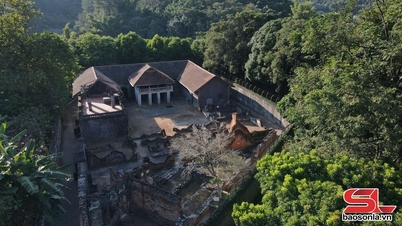
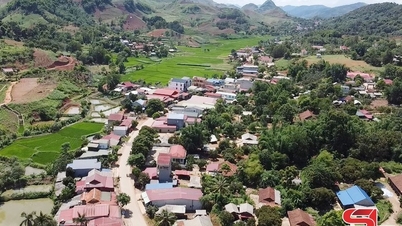
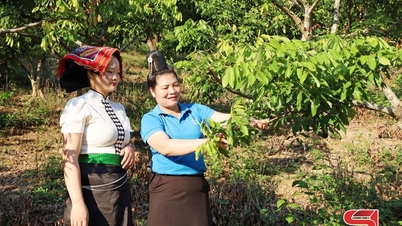
![[Photo] General Secretary To Lam attends the opening of the 1st Government Party Congress](https://vphoto.vietnam.vn/thumb/1200x675/vietnam/resource/IMAGE/2025/10/13/1760321055249_ndo_br_cover-9284-jpg.webp)




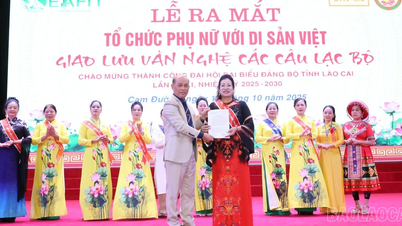
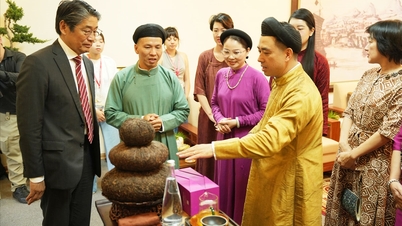







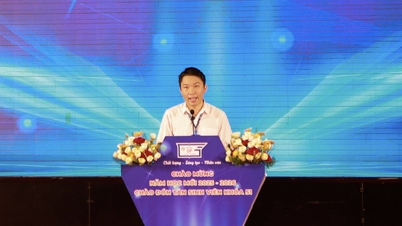











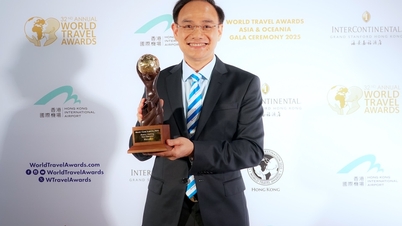




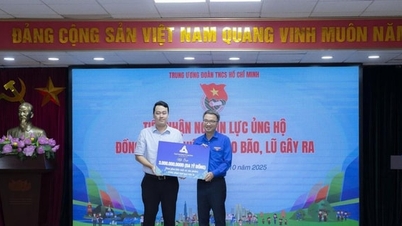

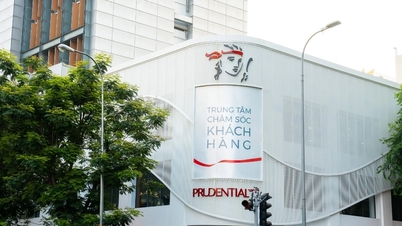







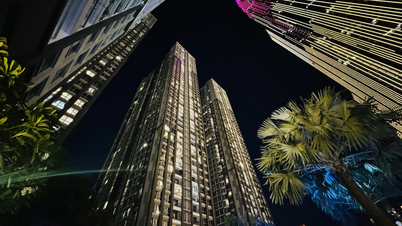



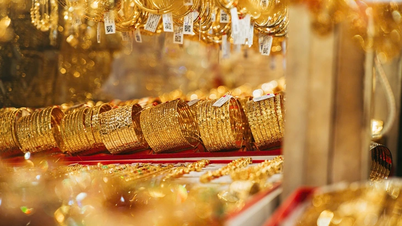
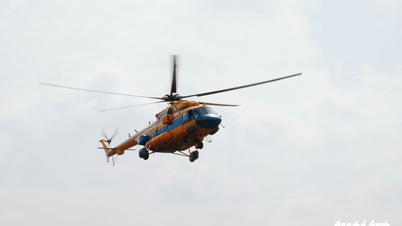



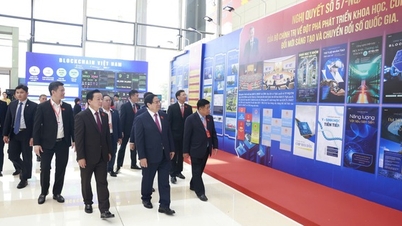
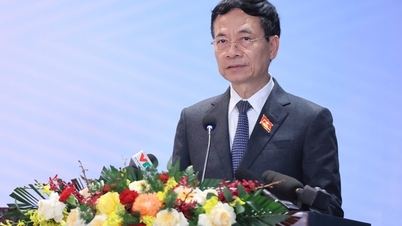


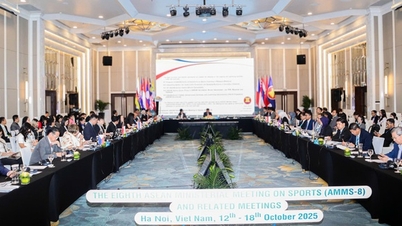
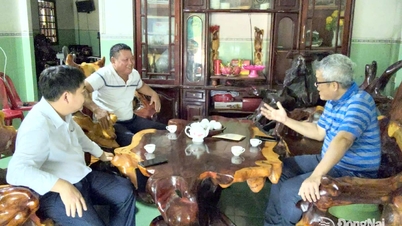



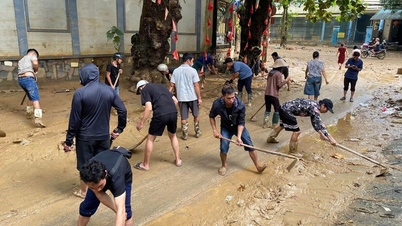

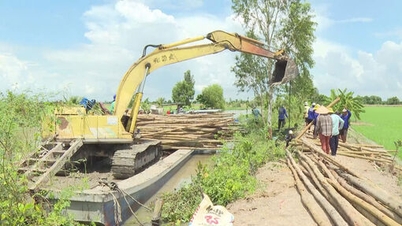



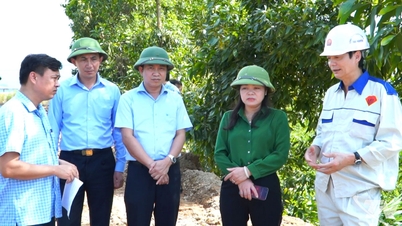















Comment (0)